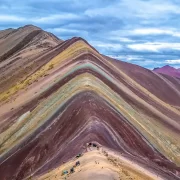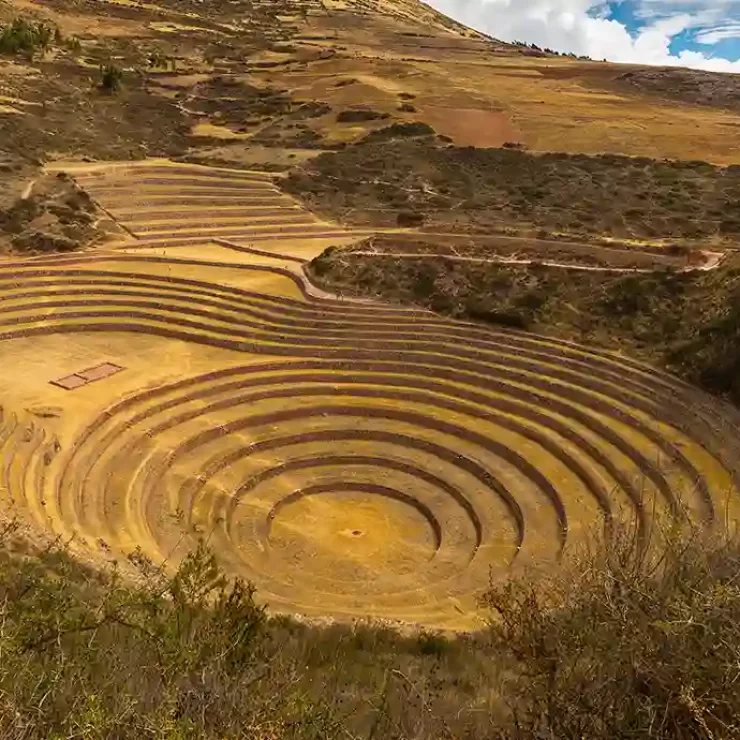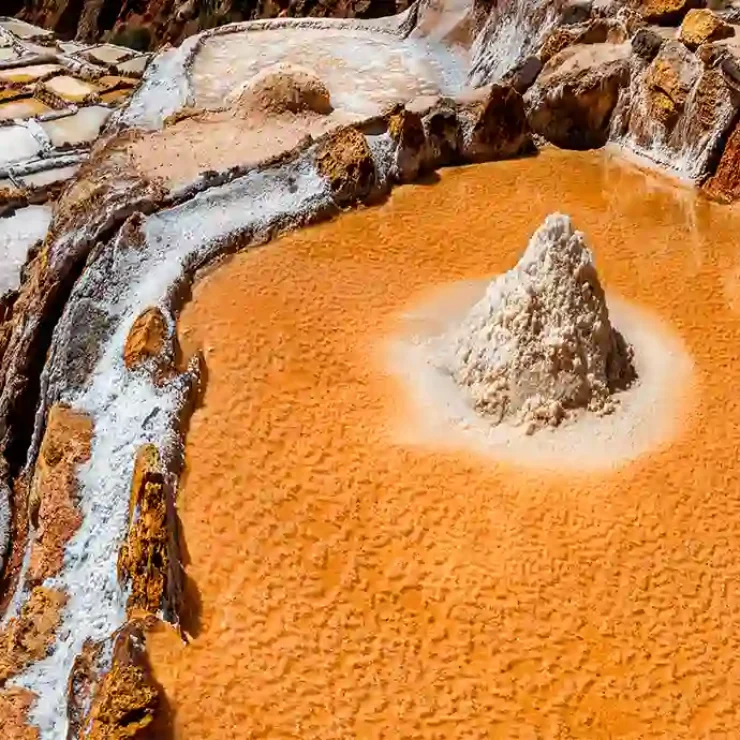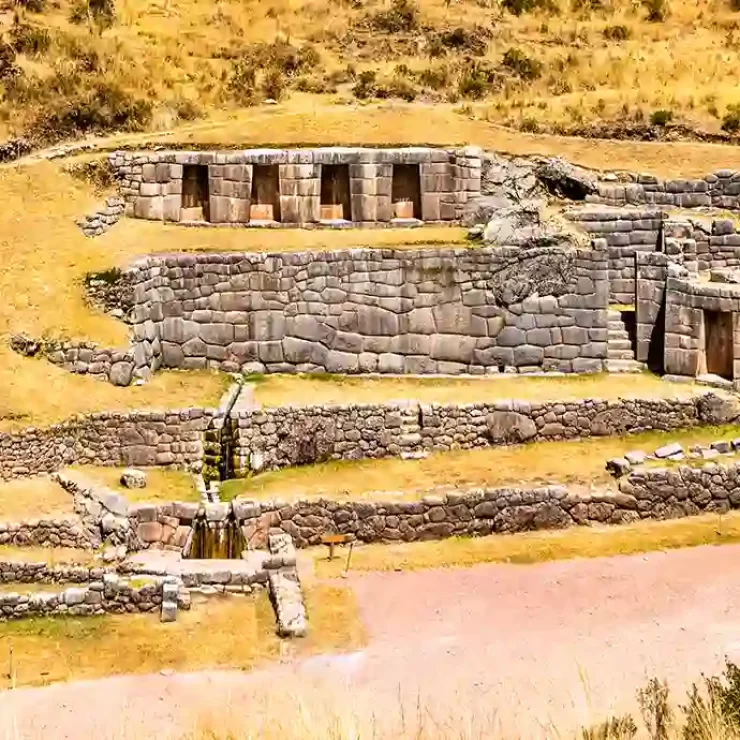
La Fortaleza de Sacsayhuaman
CLIENT
WebGeniusLab - Creative AgencyTEAM
Kate Chee - Planning Denis Ford - MarketingSERVICES
Finantial Counsulting, Planning & MarketingCATEGORY
Diving, SnorkelingScuba diving is fairly easy to figure out what is: strap a tank on your back and breathe from it under water, and by default, you’re scuba diving. But remove the tank and things get a lot murkier, and often, terms like snorkeling, free diving, and skin diving is used interchangeably. Snorkeling is arguably the most popular activity of the bunch. Thousands and thousands of snorkelers take to the water every year on holidays or in their home waters. Snorkeling is defined as an activity where the participants use snorkel fins, a snorkel mask, snorkel, and possibly a buoyancy vest to help them remain afloat without strain. Now a days, many snorkelers also go for the full face snorkel option.
The newest and fastest growing of the activities is free diving. Many people have started referring to both snorkeling and skin diving as “free diving”, which is incorrect. Strictly speaking, freediving is a competition oriented activity. Using techniques to both inhale as much air as possible and to use as little oxygen as possible while underwater. And they either swimming vertically for depth dives or horizontally for long time dive.

How It Works
Masks are typically much lower volume than dive masks, more similar to swim goggles. Fins are much longer than dive fins, and monofins, where both feet are in the same fin, are sometimes used. Unlike snorkeling and skin diving, the main goal is to spend as much time underwater as possible. And time in the surface is only meant to re-oxygenate the body between dives. A snorkel is often not used. In very much layman’s terms, you could say that snorkeling is surface only, free diving strives to underwater only (or at least as much as possible), while skin diving mix the two. Participants in all three activities may not like this definition, but it can help others distinguish between them.
Also, a number of marine animals are easier to see and get close to when we don’t exhale bubbles, including whale sharks and dolphins. When traveling, it allows us to take a look below the waterline without having to bring or rent a lot of gear. For rescue scenarios, we don’t always have the luxury of dive gear and may need to assist a diver using only our fins, mask and snorkel. Snorkeling is very useful when taking non-divers out to experience the underwater world.Corporate Surf
If you have experience and are wanting to brush up on.
Board Rentals
If you have experience and are wanting to brush up on.
Kitesurfing
If you have experience and are wanting to brush up on.
Summary
Free diving techniques can be used to further enhance your breathing and air consumption. Free divers have perfected skills of efficiently re-oxygenating the body and managing your breathing underwater. There are also a number of techniques for swimming underwater without using unnecessary energy, which you can use on almost any dive. Once non-divers sees the amazing world underwater, they’ll get a better understanding your obsession and why it’s so important to protect the ocean. Snorkeling is very useful when taking non-divers out to experience the underwater world.







This is a useful post for finding broken links within the website, what about links pointing outwards that are broken? I can use a free web service but wondered if this was possible.
Great tool! I am using a redirect plugin to send all my 404’s to my home page but I think it’s slacking sometimes.